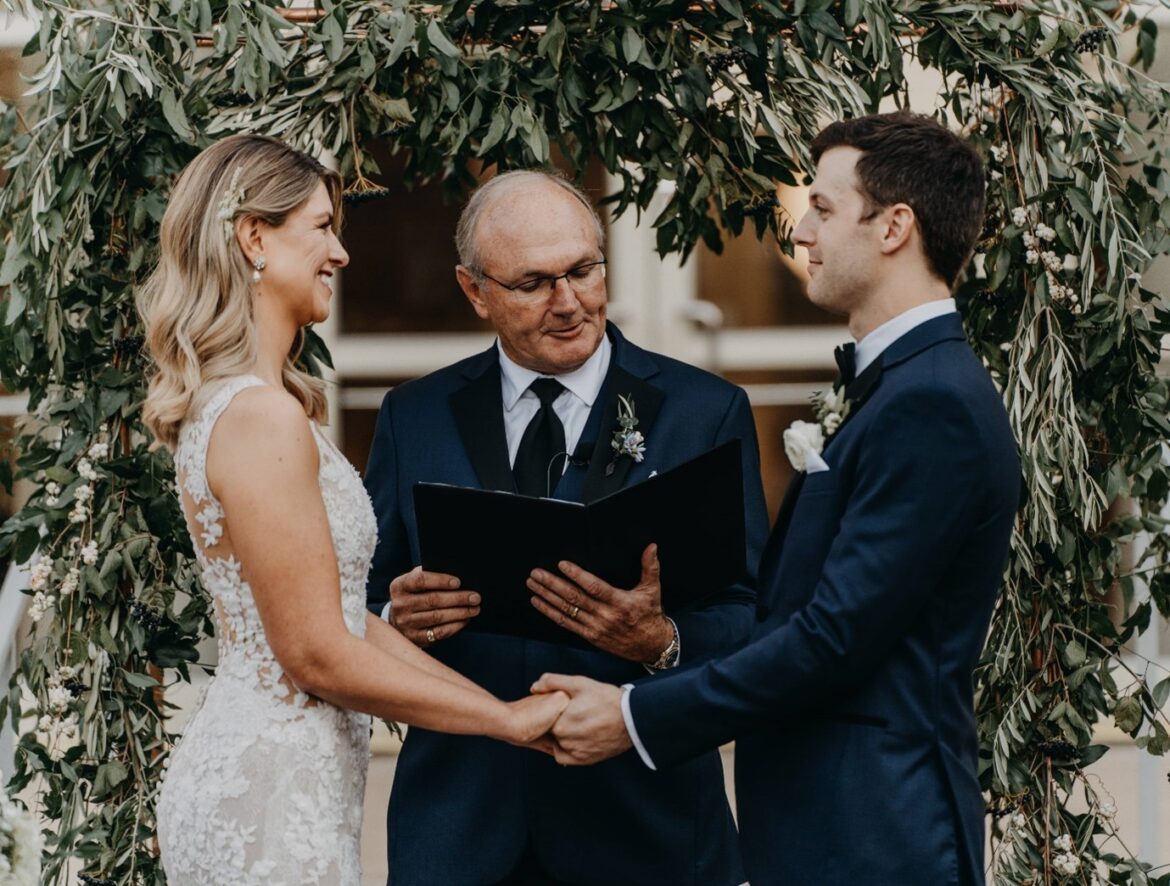Traditional Weddings vs. Elopements and Micro Weddings
Traditional weddings can be enormous, boisterous, and full of joy. They often involve extensive guest lists, lavish ceremonies, and grand receptions. But if you envision a more intimate and laid-back affair, a traditional wedding might not be the best fit. Instead, elopements and micro weddings could be more aligned with your vision.
Since the pandemic began, elopements and micro weddings have gained popularity. However, many couples confuse the two, despite their differences. Understanding the distinctions between elopements and micro weddings is the first step in deciding which option is best for your celebration.
What Are Elopements?
An elopement used to be seen as a spontaneous decision, often involving a quick trip to the courthouse. However, the definition of elopement has evolved significantly. Today, an elopement can be a well-planned, intimate event that focuses on the couple’s personal experience.
Modern elopements often involve a small trip to a meaningful location, potentially doubling as a honeymoon destination. Couples typically apply for a marriage license in advance and may invite a few select guests, such as close friends or family members. An elopement usually includes the couple, their celebrant, and a wedding photographer.
Elopements are about adventure and intimacy, allowing couples to celebrate without the pressures and expectations of a large traditional wedding. The focus remains on the couple and their unique journey together.
What Are Micro Weddings?
Micro weddings blend the intimacy of elopements with some of the elements of traditional weddings. They typically involve a guest list of no more than 50 people, creating a more personal and relaxed atmosphere while still maintaining the structure of a conventional wedding.
Couples planning a micro wedding often incorporate pre-wedding activities like bridal showers and bachelor/bachelorette parties. The main event usually includes traditional rituals, such as the exchange of vows, a wedding reception, and various celebratory moments.

Key Differences Between Elopements and Micro Weddings
While elopements and micro weddings share similarities in their intimate nature, they have several key differences:
1. The Guest List
Elopements are typically very private, involving just the couple and a few essential participants like the celebrant and photographer. Some couples may invite one or two close friends or family members, but the guest list remains minimal.
Micro weddings, on the other hand, include up to 50 guests. This smaller guest list allows couples to invite their closest friends and family members, creating a VIP experience without the scale of a traditional wedding.
2. The Timeline
Elopements usually have a relaxed timeline, with the entire celebration taking around 3 hours. The only scheduled times are for the celebrant and any hair or makeup appointments. The ceremony has a start time, but the rest of the day can unfold naturally.
Micro weddings require a more structured timeline, similar to traditional weddings. With more vendors and activities involved, a detailed schedule ensures that everything runs smoothly. This includes the ceremony, reception, and any other planned events.
3. The Wedding Venue
Elopements can take place anywhere, offering complete freedom in choosing a location. Couples might opt for a scenic spot in nature, a charming city hall, or even a destination that holds personal significance. Permits may be needed for public spaces, but the setup is generally minimal.
Micro weddings, while more flexible than traditional weddings, still require a dedicated venue that can accommodate guests. This might be a smaller venue, such as a boutique hotel, a charming garden, or an intimate event space. The focus is on creating a memorable experience for the couple and their guests.
4. Wedding Planning
Planning an elopement is typically straightforward, involving obtaining a marriage license and hiring a few key vendors, such as a celebrant and photographer. Some couples might also arrange for a simple dinner or small reception to celebrate afterward. The planning process is minimal compared to a traditional wedding.
Micro weddings involve more planning, similar to traditional weddings. Couples need to create a guest list, coordinate seating arrangements, hire multiple vendors, and plan various aspects of the event, such as catering, entertainment, and décor. Many couples find it helpful to work with a wedding planner to streamline the process.
5. Your Budget
Elopements are generally more budget-friendly, as the costs are limited to essential elements like the celebrant and photographer. Depending on the location, there might be additional costs for permits or travel, but overall, elopements are typically more affordable.
Micro weddings, while less expensive than traditional weddings, still involve more costs than elopements. With guests to consider, couples need to budget for catering, entertainment, and décor. However, the smaller guest list can help keep expenses more manageable.

In Conclusion
Elopements and micro weddings each offer unique benefits and cater to different visions for a wedding celebration. Understanding the main differences between the two can help you decide which option aligns best with your desires and priorities.
If you prefer an adventurous, intimate experience focused solely on you and your partner, an elopement might be the perfect choice. Elopements provide the freedom to choose a location that holds special meaning to you, whether it’s a picturesque mountain, a serene beach, or a charming city hall. The simplicity and intimacy of an elopement allow you to fully immerse yourselves in the moment, creating memories that are deeply personal and meaningful. Without the need for extensive planning and coordination, you can enjoy a stress-free day that truly reflects your love story.
On the other hand, if you want to include a select group of loved ones in a more structured yet personal celebration, a micro wedding could be the way to go. Micro weddings offer the best of both worlds: the intimacy of a small gathering combined with the traditional elements of a larger wedding. With a micro wedding, you can still have all the special moments, such as exchanging vows, sharing a first dance, and cutting the cake, but with a more relaxed and personal touch. The smaller guest list allows you to spend quality time with each guest, creating a warm and inclusive atmosphere where everyone feels valued and connected.
When deciding between an elopement and a micro wedding, consider your personal preferences, budget, and the type of experience you want to create. Think about what matters most to you as a couple and how you want to celebrate your love. Whether it’s the thrill of an elopement adventure or the joy of celebrating with close family and friends at a micro wedding, the choice should reflect your unique relationship and vision for the future.
Regardless of your choice, remember that your wedding day should reflect your love story and personal preferences. Embrace the journey and create a celebration that feels right for you. Both elopements and micro weddings offer opportunities to craft a meaningful and memorable experience that you will cherish for years to come. Trust your instincts, stay true to yourselves, and enjoy every moment of this special chapter in your lives. Happy Planning!

